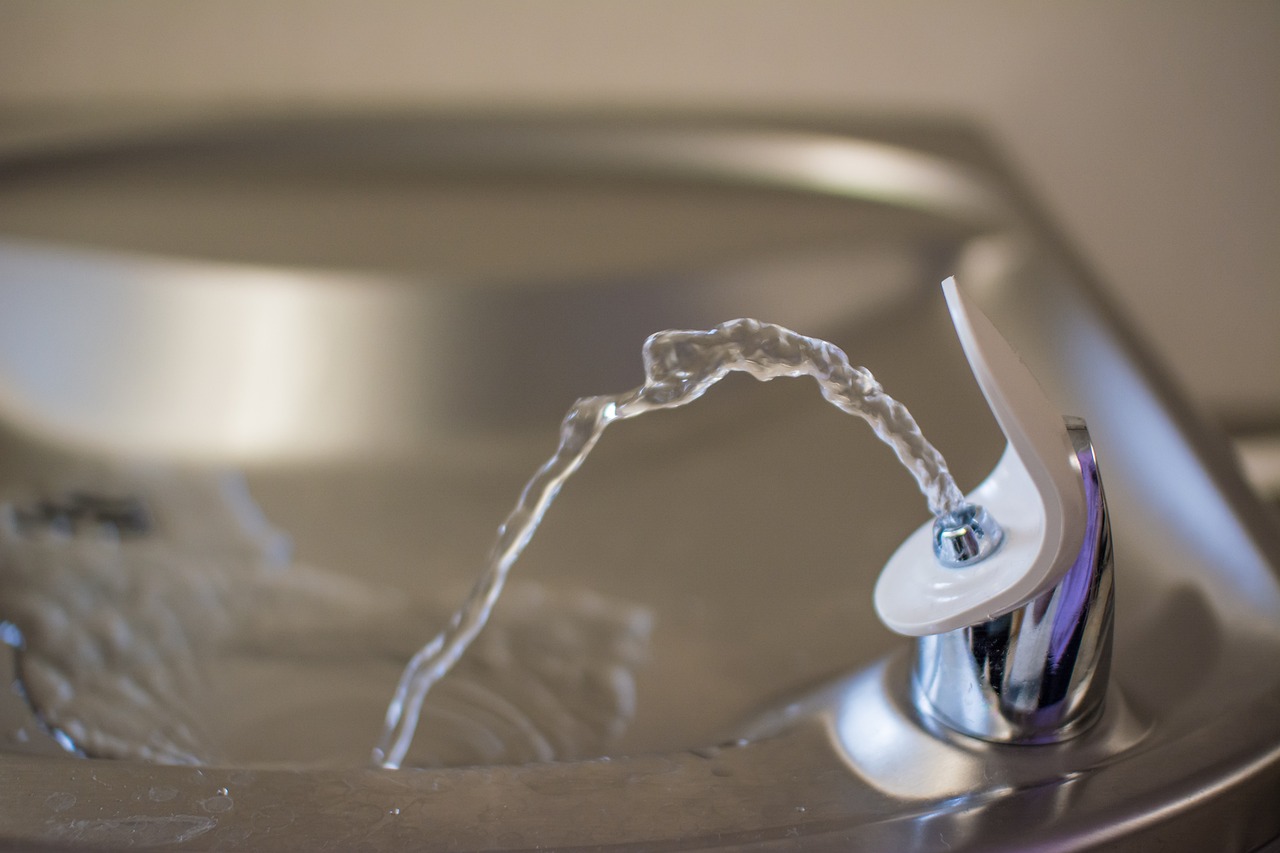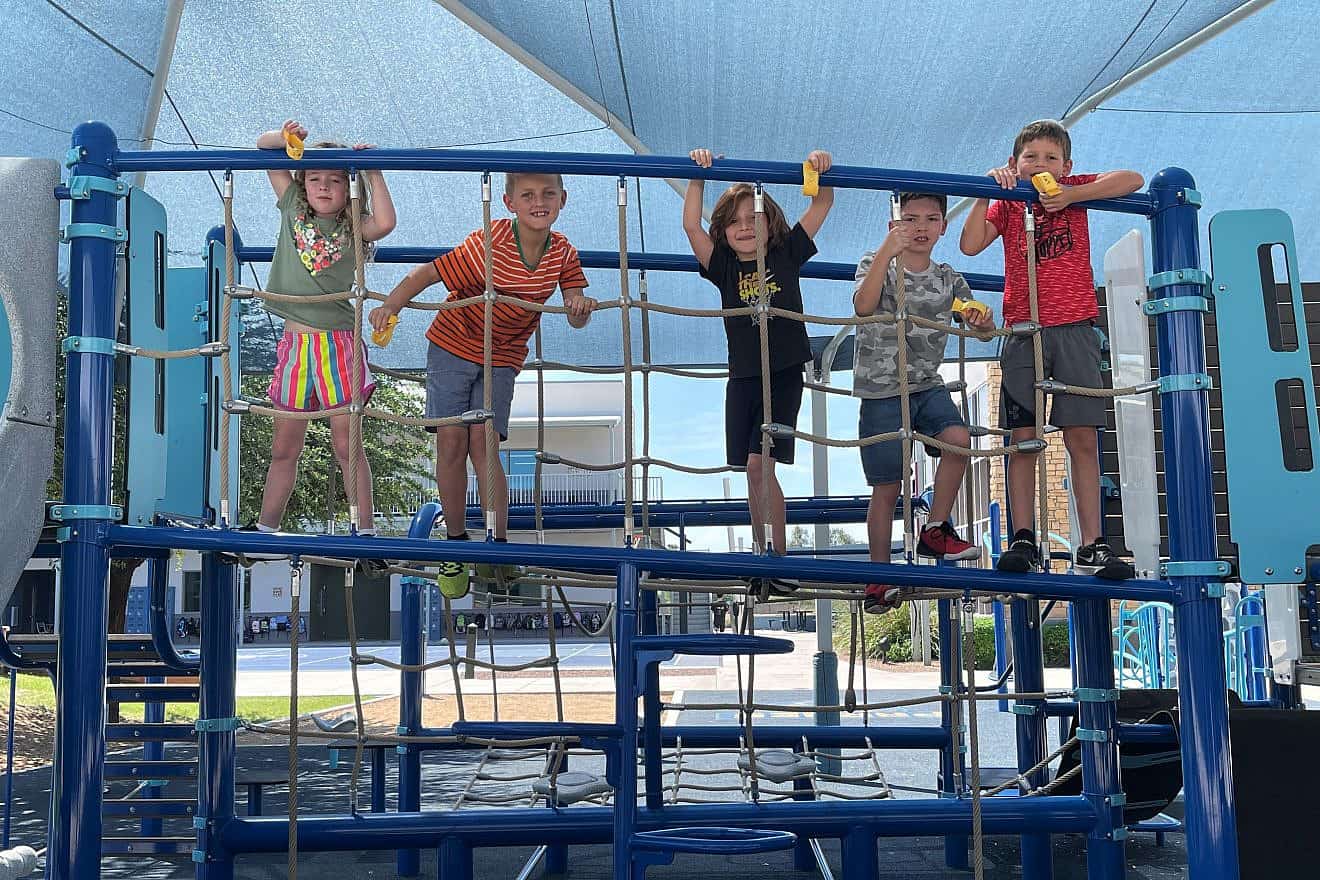On the same day that public school students in parts of Arizona headed back to the classroom, the city of Phoenix set a record for the number of consecutive days over 110 degrees.
In a July 21 letter to officials with the power authority, Arizona Gov. Katie Hobbs noted that “the Phoenix metro area has seen 18 confirmed heat-related deaths with 69 additional suspected as of July 15. As this devastating heat wave continues, the risk of heat-related deaths, illness and injury will only increase.”
“Arizona typically experiences lengthy high temperatures during the summer months,” according to the Arizona Department of Health Services. “Frequent triple-digit temperatures which typically last from May to September can increase a person’s risk for a heat-related illness.”
While Jewish schools don’t officially reopen until August—Arizona public schools operate on a year-round schedule, so some students started on July 20—officials say they are prepared to deal with the record-setting heat wave and keep students safe.
At the Chandler Jewish Preschool, school director Shternie Deitsch says it’s all about working around the temperatures as much as possible.
The preschool has a covered playground and outdoor water fountain, and, “if it’s going to be a very hot day,” she says, “we might take the kids out first thing in the morning.”
They also schedule more water-play activities and have mandatory drinking breaks. On days when the heat is truly pressing, “we have gross motor play in the sanctuary if the kids can’t go outside,” she says.
Deitsch, a Chabad-Lubavitch emissary in the city of Chandler, says that “every July is hot; you have days that are 118 degrees,” she continues, noting that “from March to October, you will either have four months of triple-digit heat or you will just see it in May, June and July.”
At the same time, she draws inspiration from the teachings of the Lubavitcher Rebbe, Rabbi Menachem M. Schneerson, who taught that one’s environment does not dictate who they are or what they become. “We create our environment; we don’t react to it,” she says.
‘Hydration is key’
Geoff Campbell, director of business operations at Pardes Jewish Day School in Scottsdale, agrees.
“We are seeing temperatures that are not extraordinary in terms of the range but in their duration,” he says. “We are used to the extreme temperatures at the start of the school year. Because of the potential of temperatures of over 100 degrees for several months of the year, we maintain a watch around recess.

“At 100 degrees, there is no outdoor recess,” he says, “and when it is hot, if the kids are outside, they are required to take their water bottles with them. Hydration is key; that’s true all the time, but when the temperatures are like this, we are really careful about it.”
The school, which has 300 students in grades K-8, will also shorten the duration of outdoor recess if need be to keep kids safe and will limit what they can do during that time. For instance, Campbell says, while kids may be able to play under the shade structure, they won’t be able to play on the basketball courts.
As for the school building itself, Campbell says it is as inviting as it can be. “We have an outstanding HVAC system and maintain spare parts for the AC just in case.”
Also, given the building’s design, many of the classrooms the windows are quite high up so there isn’t direct sunlight or heat beating in through the windows.
“In rooms with abundant windows, such as in the kindergarten, there’s a portico to cover them,” Campbell says. “It’s the kind of thing you do in an area where air-conditioning makes it possible to function.”


























